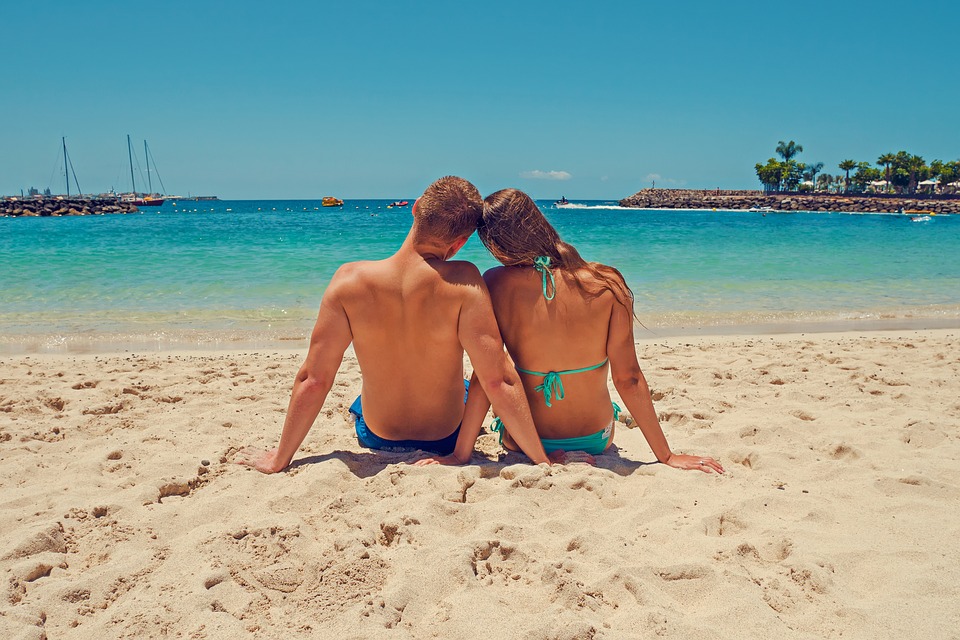This June, Love Island returned for a fourth season, captivating more people than ever before, with over four million viewers tuning in to watch sexy singles as they coupled up, were mugged off and had their loyalties tested. Watching these tanned toned individuals for 8 weeks raises the question, does Love Island need to do more to represent different body types as they prepare for a fifth season?
Love Island normalises unrealistic body types. All of the girls this year were a size 8 or under, while the average dress size for women in the UK is a 14. To combat this issue surrounding body image, Dani Dyer, the season four winner, has created an inclusive clothing range, with sizes 6-24 in stock.
Dani Dyer’s collaboration with In the Style is modelled by herself for the ‘normal’ range, where clothes range from size 6-14. Meanwhile a plus sized model, at size 18, models the curve range, which is size 16-24. But does Dani Dyer’s range really ‘live for girl power’ and ‘body positivity’ as it claims?
Despite the sizing range, the models for the ‘normal’ range are the second to smallest size and the model for the plus sized range is second to smallest out of the curvier sizes. Although Dyer’s clothing caters for a range of sizes, there’s not enough variation in models themselves, who therefore continue to perpetuate Love Island’s ideal ‘skinny’ body type. It would have been beneficial for there to be a wider range of models. Showing the clothes on varied body types such as a size 14 or 22 would be far more beneficial to the majority of girls buying Dyer’s range, moving away from the sizes we saw all summer on Love Island.
“Clearly bigger sizes weren’t accepted”.
The only supposed variation from the “ideal body type” on Love Island was Alexandra Cane, who was considered a curvier girl despite being a mere size 8. She called out the show for the lack of body representation after leaving the villa. The fact that Cane was considered as ‘curvy’ at just an 8, highlights the issue with only showing skinnier girls. Cane stated that “clearly bigger sizes weren’t accepted”. This demonstrates how Love Island is affecting our view of different bodies in society and could easily trigger various eating disorders, such as body dysmorphia in the young people who are the shows target audience.
For the men watching the show Jack Fincham represented the majority of men who don’t have chiselled abs and work out 7 days a week. So although every other guy on the show had abs, there was slightly more representation for men than in previous years. In one challenge, the audience was invited to vote for the hottest couple. Dani and Jack came second, although they were not considered the most conventionally attractive couple in the villa. So maybe it was their personalities that managed to win over the public and win the £50,000. Therefore, despite the fact that Love Island bombards their audience with images of unattainable body types, the public still chose to vote based on personalities rather than simply on superficial looks.
Dissatisfaction from the viewers and contestants alike concerning the lack of body diversity has clearly been impactful on Dani Dyer’s decision to create a body inclusive clothing range. Perhaps this range will combat some of the issues that Love Island has stirred up around body image and next year we can hope to see a more diverse cast based on personality rather than merely on size.
Tilly Judges & Lucie Phipps

